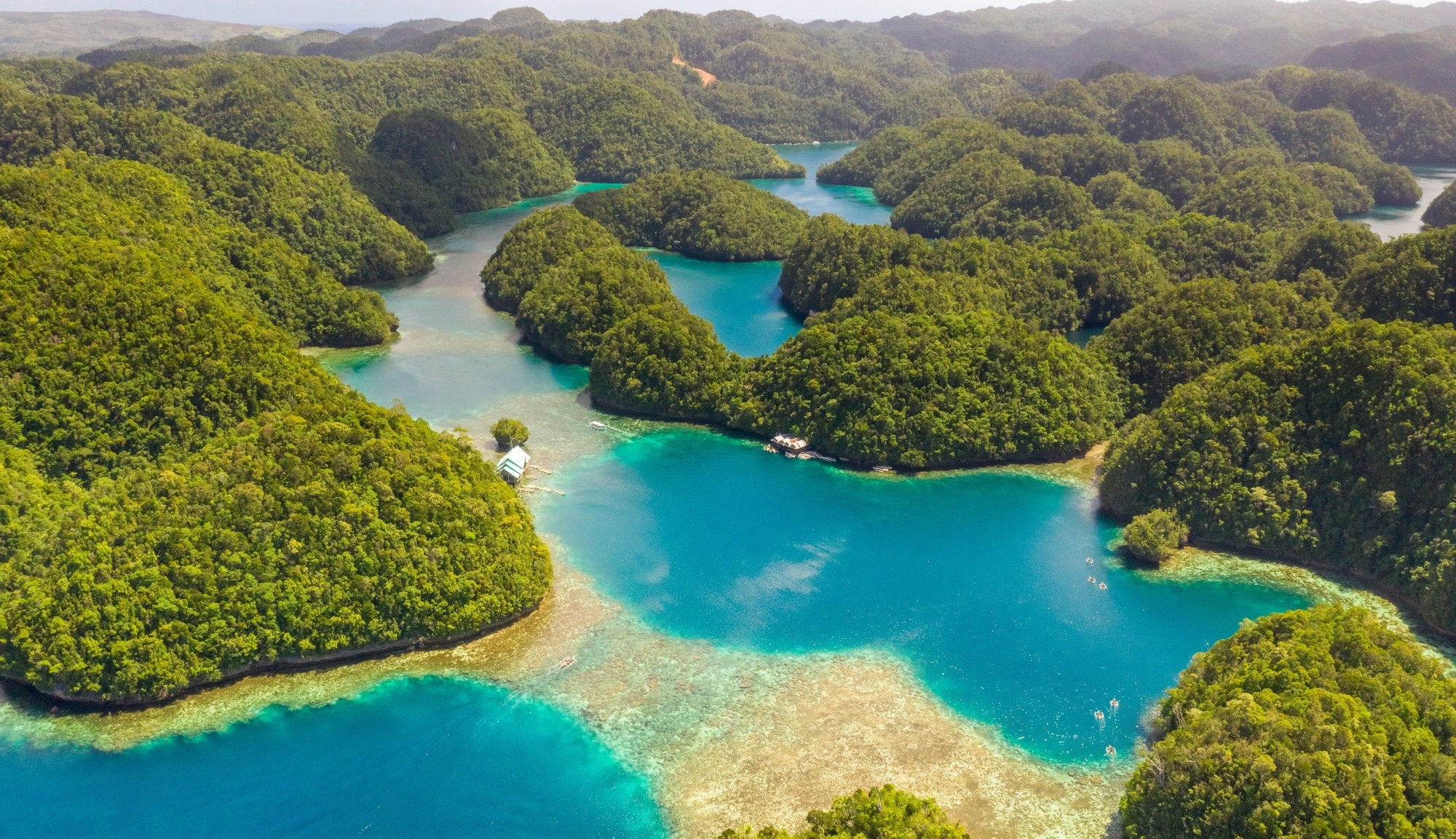In a paper published in the journal Scientific Reports, researchers shed light on Pakistan's dire shortage of forest cover, lingering below 6% of its land, far from the recommended 20-30%. Illicit deforestation, compounded by inadequate monitoring methods, prompted using Sentinel-2 satellite images and advanced techniques. Utilizing artificial neural networks (ANN) and random forest (RF) algorithms, their study showcased remarkable accuracies. It underscored the potential of these technologies in significantly enhancing forest assessment and monitoring strategies, estimating forest cover in the Abbottabad region.
 Study: Leveraging Machine Learning Techniques for Forest Cover Assessment. Image credit: Valentin Ayupov/Shutterstock
Study: Leveraging Machine Learning Techniques for Forest Cover Assessment. Image credit: Valentin Ayupov/Shutterstock
Forest Cover Challenges
Past works showcased the significance of forest ecosystems in maintaining environmental balance. Pakistan's limited forest cover, just 5.1% of its land, has been linked to factors like population growth, poverty, and deforestation for fuel and wood. Advanced technologies such as remote sensing, notably through satellite systems like Sentinel-2, have emerged as crucial tools in addressing these challenges. Studies globally have demonstrated the efficacy of remote sensing techniques in understanding changes in land cover, offering promise in combating deforestation and monitoring ecological transformations.
Advanced Forest Cover Analysis
In initiating the forest cover detection project, the Abbottabad region was designated the pilot area due to its diverse landscape and renowned forested charm. The comprehensive data-gathering process unfolds across multiple stages. In the initial on-site inspections, categorizers categorized the area into four key classes: fields, forests, urban areas, and shrubs. Shapefiles for Abbottabad are sourced from the Pakistan Forest Institute and meticulously outlined using the indigenous "GeoSurvey App" developed by the National Center of Big Data and Cloud Computing to bolster data reliability.
The subsequent phase involves acquiring Sentinel-2 satellite images, encompassing a single downloaded image and a temporal sequence of images. These images undergo several procedures, including preprocessing using a sentinel application platform (SNA) Desktop, layer stacking, mask construction, and comma-separated values (CSV) file generation for the region of interest.
The experimentation phase involves utilizing ANN algorithms and the RF algorithm. ANNs handle diverse remote sensing data adeptly, while RF, an ensemble learning technique, is chosen for its efficacy in classification tasks. The ANN setup requires meticulous parameter determination, including the number of layers and associated attributes, while RF uses bootstrapped aggregation to build decision trees.
The study refers to previous research in the ANN domain highlighting artificial neurons' fundamental components and architecture, detailing the input, hidden, and output layers' functions. The Feed-Forward Neural Network (FFNN) structure and its operation in supervised classification are expounded upon, emphasizing its layered nature and unidirectional information flow.
Further discussion focuses on parameters set for the ANN and RF algorithms, highlighting their pivotal roles in achieving accurate results. The evaluation metrics—overall accuracy and kappa coefficient—serve as fundamental benchmarks for assessing the models' performance, with detailed explanations for their calculation methods.
The RF-supervised machine learning (ML) classification algorithm and the ANN deep learning algorithm delivered remarkable accuracy for training and testing datasets. The testing's overall accuracy reaches 97%, validating the effectiveness of these algorithms in accurately estimating the forest-covered area.
Experiments Unveil Algorithm Performance
Experiments delving into forest cover classification through remote sensing and ML algorithms involved neural network and RF Classification algorithms. Results from the stacked Sentinel-2 single-layer images using the neural network depicted exceptional outcomes in Table 4. Various iterations showcased increased accuracy, with the most promising results at 200 iterations, validating the correlation between iteration count and performance. However, surpassing 200 iterations led to a decline, hinting at overfitting concerns in the neural network algorithm.
The neural network achieved heightened accuracy at 200 iterations by employing temporal layer stack images to bolster its performance. Notably, the RF Algorithm also displayed impressive performance, particularly at a maximum depth setting of 20, unveiling robust accuracy in single and temporal layer stacked images. Forest estimation results revealed that the neural network identified a 31.07% forest cover, while the RF algorithm reported 31.17% in the Abbottabad region.
Compared to previous studies, this work significantly outperformed baseline methods, demonstrating notable enhancements in accuracy and kappa coefficient. The approach with the neural network algorithm achieved an overall accuracy of 97.75% and a kappa coefficient of 0.965, surpassing earlier results. Similarly, the RF algorithm showcased improved accuracy compared to previous studies, reaffirming the superiority of the methodology in forest cover estimation.
Conclusion
To summarize, Pakistan grapples with minimal forest coverage, encompassing less than 6% of its total land area. To address this, researchers applied advanced ML and deep learning techniques to classify forest cover in Abbottabad. Employing the ANN and RF algorithms led to exceptional results, showcasing high overall accuracy and kappa coefficient. The ANN achieved an impressive 97.75% overall accuracy and 0.965 kappa coefficient.
At the same time, the RF, specifically with a maximum depth of 20 for the temporal layer stacked image, reached 96.98% overall accuracy and a 0.954 kappa coefficient. This algorithm provided vital insights, identifying forest coverage in Abbottabad, accounting for 31.07% and 31.17% of the district area, respectively, showcasing its potential in precise land cover classification. However, to enhance accuracy further, integrating hyperspectral satellite imagery is recommended.
Looking ahead, the exploration of deep learning algorithms like convolutional neural networks (CNN), extended short-term memory networks (LSTM), and gated recurrent units (GRU) presents an exciting opportunity to push the boundaries of classification accuracy in forest cover assessment.
Journal reference:
- Aziz, G., Minallah, N., Saeed, A., Frnda, J., & Khan, W. (2024). Remote sensing-based forest cover classification using machine learning. Scientific Reports, 14:1, 69. https://doi.org/10.1038/s41598-023-50863-1, https://www.nature.com/articles/s41598-023-50863-1